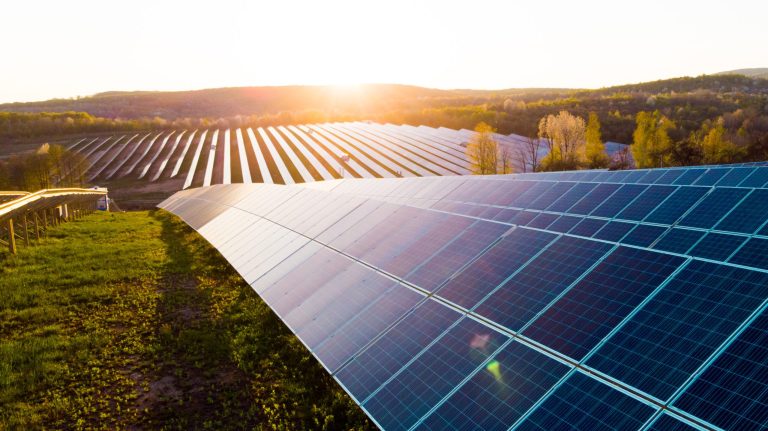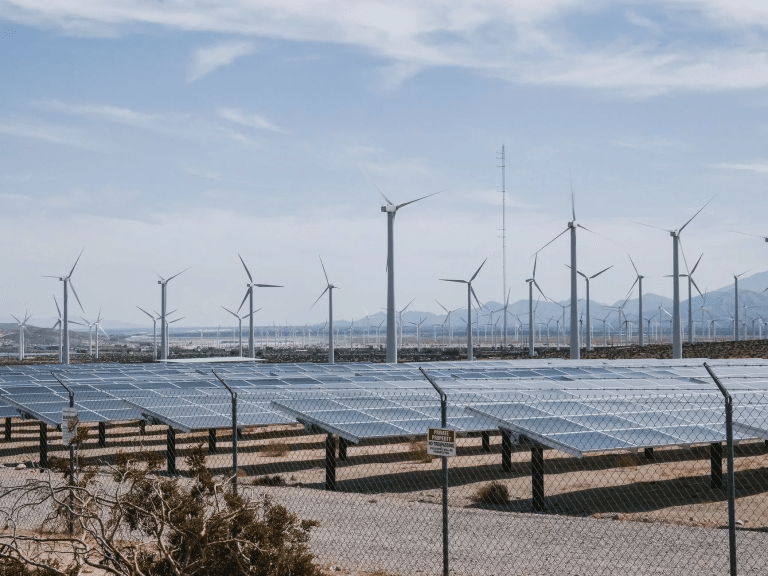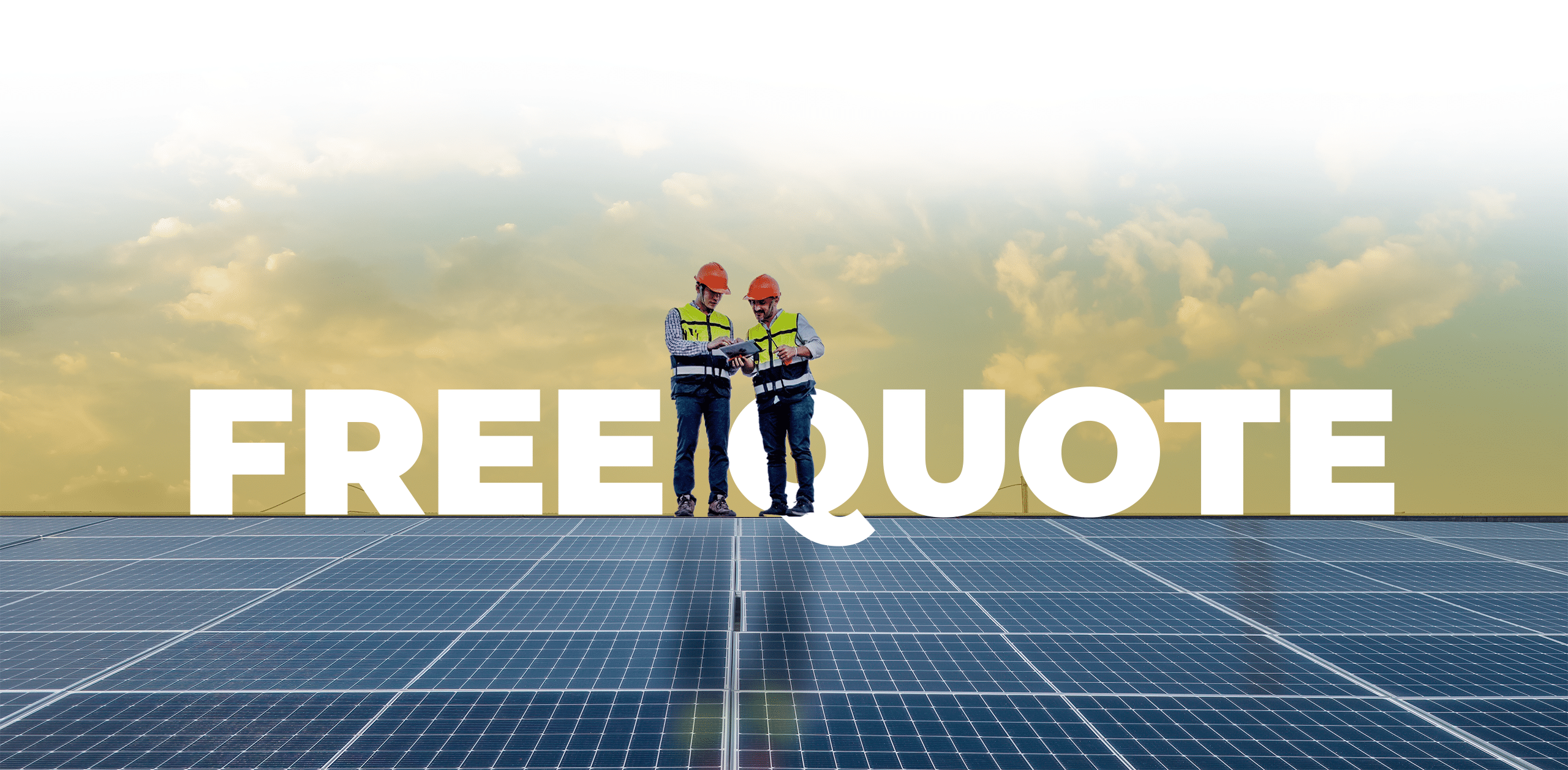The cells are also sensitive enough to recycle power from artificial light
A new kind of solar cell, that is so thin it can be stuck on walls and windows, with no discernible loss of light, looks set to give green energy a major boost within a decade after a Government-funded breakthrough in the technology.
A hundred times thinner than a human hair, the cell could be put on clothing to power wearable electronics, such as smartwatches and Fitbits, its developers say.
It could be liberally applied to all sorts of surfaces, from industrial solar farm panels to household roofs; from cars and ships to temperature and other smart sensors.
And it could potentially even be used in space to help power telescopes, satellites, and space ships, they suggest.
A breakthrough in the efficiency of this solar cell – which involves tiny crystals containing silver and bismuth metal – means it is now on the brink of being commercially viable to manufacture.
The developers hope they can double the efficiency within five years, making it comparable with the most efficient solar panels currently available.
And while they concede they may not achieve this goal they are confident that, even with much smaller improvements, the cells will be commercially available within a decade.

“This solar cell could revolutionize solar power,” Seán Kavanagh, of University College London, told i.
“They are so cheap and easy to manufacture that they have huge potential to be integrated everywhere in a ‘winning by numbers’ strategy’. They are so flexible and extremely thin that we wouldn’t even notice them,” he said.
“So while the power generated in a given area mightn’t be as high as a dedicated solar farm in the Sahara, the fact they are everywhere – and invisible – means we could still be capturing large amounts of energy with a vast ‘effective surface area’. To use a fishing analogy – instead of fishing for a few really big fish, as a Saharan solar farm does, it’d be like fishing for millions of small fish with a huge net,” added Mr. Kavanagh, a Ph.D. student splitting his research between UCL and Imperial College London.
Researchers not directly involved in the research welcomed the breakthrough and said they, too, were hopeful it could be commercialized within a decade.
Professor Valeria Nicolosi, of Trinity College Dublin, said: “This is an exciting breakthrough which has the potential to transform solar power in the UK and overseas. It is another example of how fundamental studies can lead to work with huge societal impact.”
Dr. Sam Stranks, Cambridge University, added: ‘This is an important breakthrough. If the efficiency can keep being improved, we may well see such technologies competitive in, for example, lightweight and wearable solar applications.”
Using complex computer modeling, researchers were able to significantly increase the efficiency of these new kinds of solar cells, finding that an even, 50/50 spread of silver and bismuth atoms across the material increased how much light the nanocrystals absorbed, allowing more energy to be generated.
The breakthrough brings the efficiency of the cell to 9 percent compared to 1 to 2 percent a decade ago – meaning that 9 percent of the energy from sunlight that it comes into contact with it is converted into electricity.
Conventional solar panels are 20 percent efficient but they need to be more efficient because they are much more expensive and bulky, Mr. Kavanagh says.
However, he is hopeful – although not certain – that the efficiency of his cell can be increased to around 20 percent in five years or so – although a little more than its current level of 9 percent would be fine to commercialize, he argues.
As well as converting natural sunlight into electricity, this new kind of solar cell can harvest artificial light from lightbulbs and use it to generate power indoors. This is something that conventional solar panels can’t do, which requires natural light.
“You could integrate these solar cells into clothes, or wallpaper, for example where you ‘recycle’ the power from indoor lighting,” said Mr. Kavanagh.
“This is particularly useful for ‘Internet of Things’ devices, like wearable electronics, smart sensors, and others where their ‘smart’ function requires electric power. So rather than having loads of devices that need to be plugged into the grid or have batteries replaced, they can power themselves by constant absorbing light energy from the surroundings,” he said.
Mr. Kavanagh worked on the solar technology with researchers at the Barcelona Institute of Science and Technology, Yonosei University in Seoul, and the ICREA in Spain.
The research was funded by the UK Government, the European Research Council, and the European Union’s Horizon 202 program and is detailed in the journal Nature Photonics.
“As we move towards environmentally-friendly, low carbon sources of energy these findings are an important step towards increasing the efficiency of solar power technology,” said Dr. Kedar Pandya, at EPSRC (Engineering and Physical Sciences Research Council), the government research funding body.
“And by potentially reducing our dependency on the toxic or rare elements currently needed to produce solar cells, these findings could also deliver further environmental and cost benefits,” he said.
Seán Kavanagh is a third-year Ph.D. candidate supervised by Professor David Scanlon, of UCL, and Professor Aron Walsh, of Imperial College London, who were co-authors of the paper in Nature Photonics.
Article by: Tom Bawden
Via: https://inews.co.uk/news/environment/new-solar-cell-windows-clothes-green-energy-1470012







